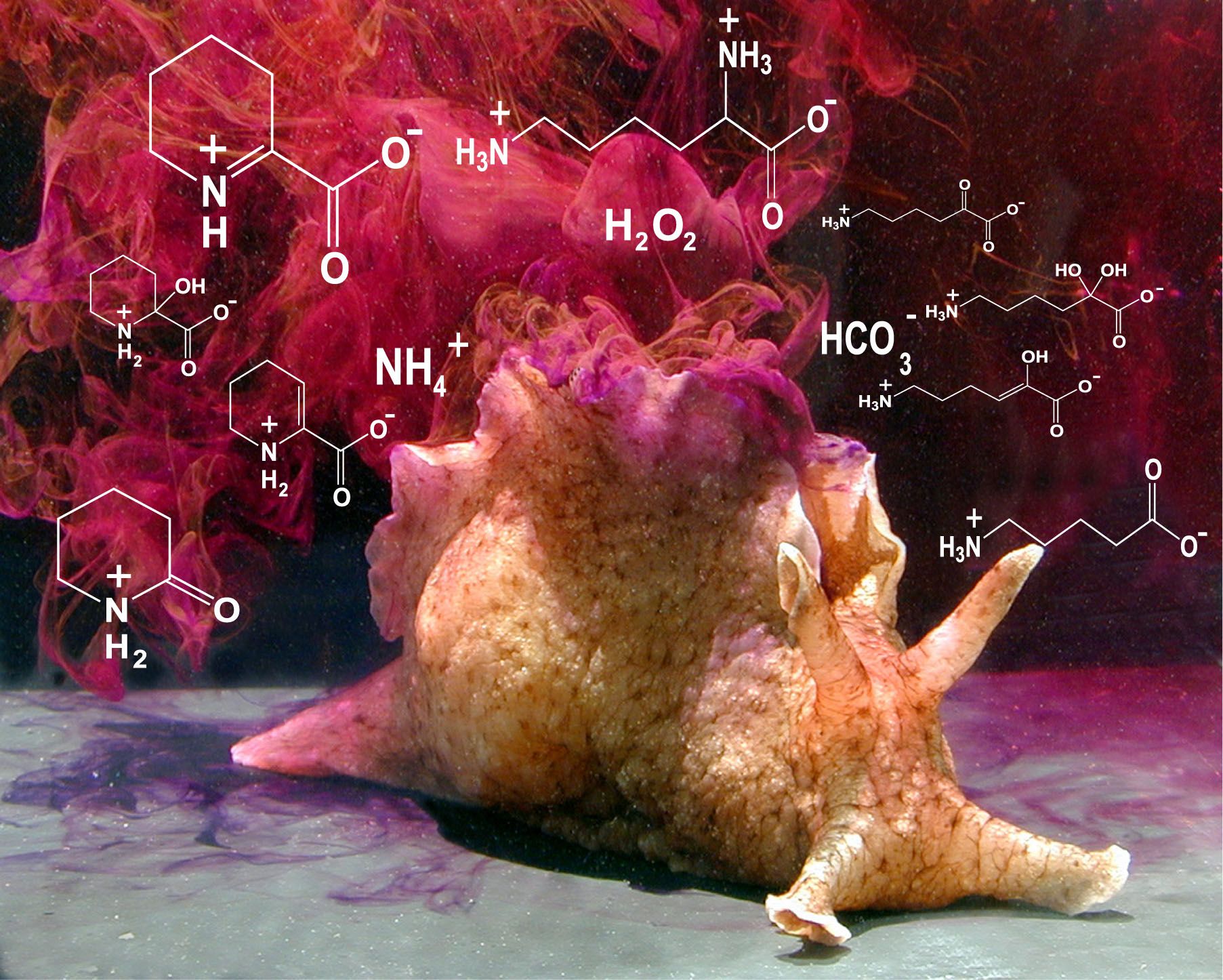Preprint
Review
The Molecules and Mechanisms Underlying the Antimicrobial Activity of Escapin, an L–Amino Acid Oxidase from the Ink of Sea Hares
Altmetrics
Downloads
666
Views
443
Comments
0
This version is not peer-reviewed
Submitted:
05 January 2018
Posted:
08 January 2018
You are already at the latest version
Alerts
Abstract
Many marine animals use chemicals to defend themselves and their eggs from predators. Beyond their ecologically relevant functions, these chemicals may also have properties that make them beneficial for humans, including with biomedical and industrial applications. For example, some chemical defenses are also powerful antimicrobial or anti-tumor agents with relevance to human health and disease. One such chemical defense, Escapin, an L–amino acid oxidase in the defensive ink of the sea hare Aplysia californica, and related proteins have been investigated for their biomedical properties. This review details our current understanding of Escapin’s antimicrobial activity, including the array of chemicals generated by Escapin’s oxidation of its major substrates, L–lysine and L–arginine, and mechanisms underlying these molecules’ bactericidal and bacteriostatic effects on planktonic cells and the prevention of formation and removal of bacterial biofilms. Models of Escapin’s effects are presented, and future directions are proposed.

Keywords:
Subject: Biology and Life Sciences - Immunology and Microbiology
Copyright: This open access article is published under a Creative Commons CC BY 4.0 license, which permit the free download, distribution, and reuse, provided that the author and preprint are cited in any reuse.
MDPI Initiatives
Important Links
© 2024 MDPI (Basel, Switzerland) unless otherwise stated




